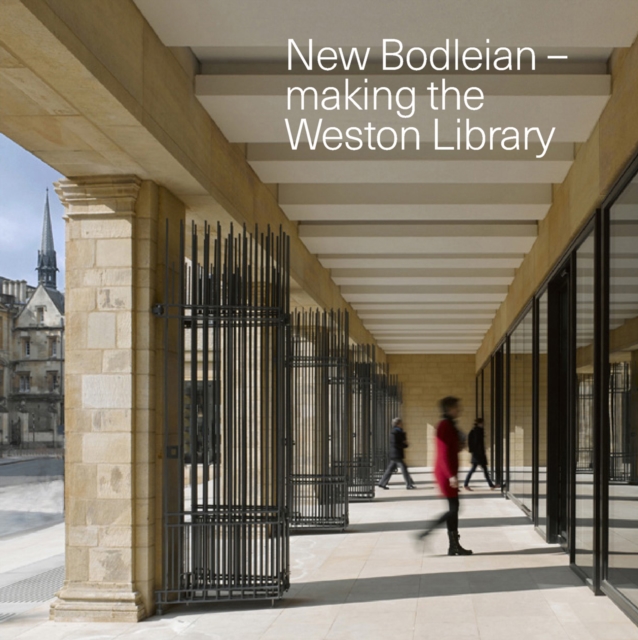
New Bodleian - Making the Weston Library Paperback / softback
Edited by the Bodleian Library
Paperback / softback
Description
In 1934 Sir Giles Gilbert Scott began work on designs for a substantial new library building opposite the Old Bodleian Library site in Broad Street, Oxford in order to provide much-needed space for the growing numbers of books housed in the library and the number of readers using them.
Opened in 1946 (having been delayed by the Second World War), for seventy years the New Bodleian served the academic community and readers visiting Oxford, housing 3.5 million items.
Scott's innovative designs meant that the New Bodleian became a Grade II-listed building in 2003.
In 2009, thanks to a generous bequest from the Garfield Weston Foundation, plans got underway for a complete refurbishment of the building to meet the needs of twenty-first-century research and the Bodleian's expanding collections.
The architects Wilkinson Eyre were appointed to develop the project adapting the Grade II listed building for its new use as a special collections library while keeping the facade intact.
Their brief was to redesign reading rooms for the consultation of rare books, manuscripts, archives, music and maps, provide new research facilities (including support for digital scholarship), new teaching facilities, improved conservation laboratories, state-of-the-art storage for Bodleian Libraries' valuable special collections and enhanced public access through a new entrance hall and exhibition space.
This book tells the story of how the vision for the Weston Library was realized.
Like the project itself, it represents a collaboration between clients and consultants as they place the project in context, describing in detail the many architectural, academic, curatorial and heritage issues addressed throughout the process, and the challenges of meeting the needs of an internationally renowned, four-hundred-year-old institution in the twenty-first century.
Information
-
Available to Order - This title is available to order, with delivery expected within 2 weeks
- Format:Paperback / softback
- Pages:224 pages, 275 Illustrations, color
- Publisher:Bodleian Library
- Publication Date:27/05/2016
- Category:
- ISBN:9781851243747
Information
-
Available to Order - This title is available to order, with delivery expected within 2 weeks
- Format:Paperback / softback
- Pages:224 pages, 275 Illustrations, color
- Publisher:Bodleian Library
- Publication Date:27/05/2016
- Category:
- ISBN:9781851243747






